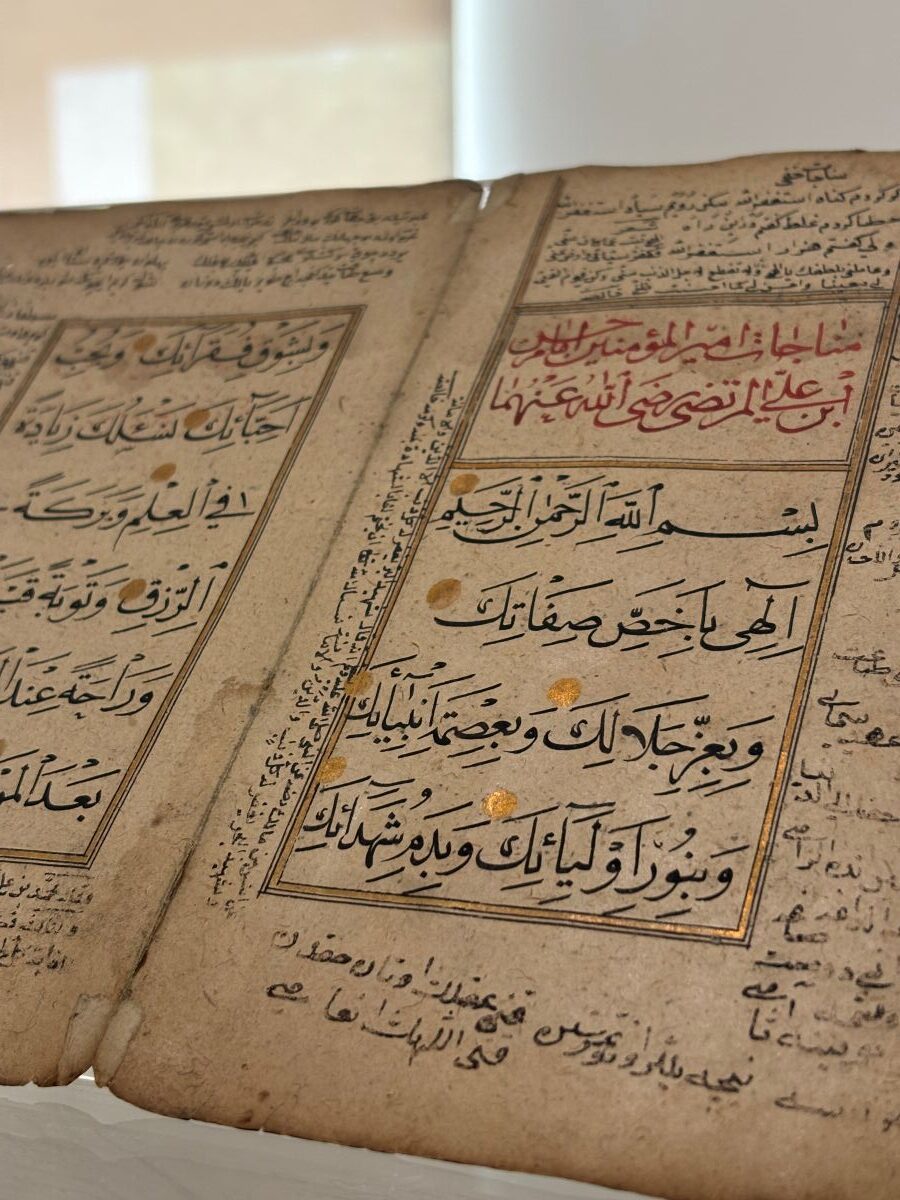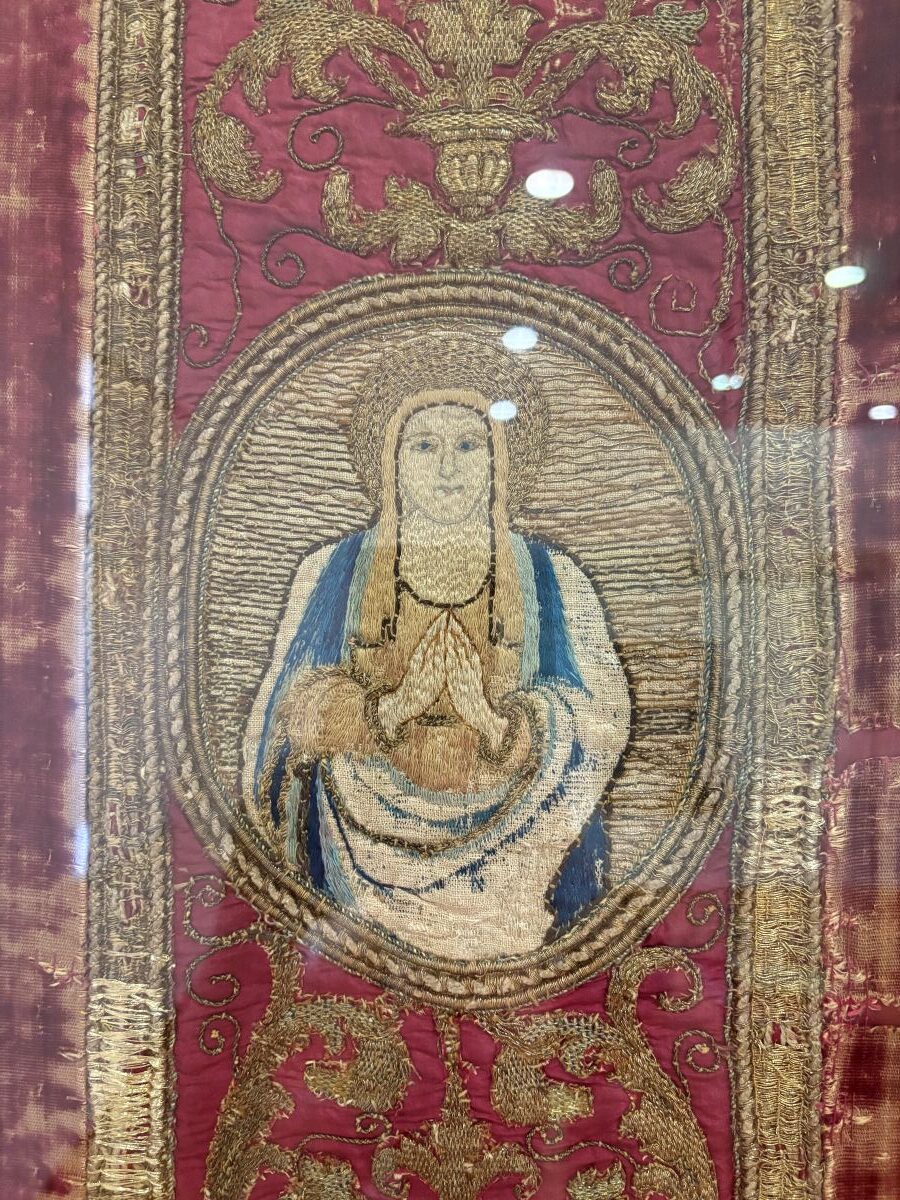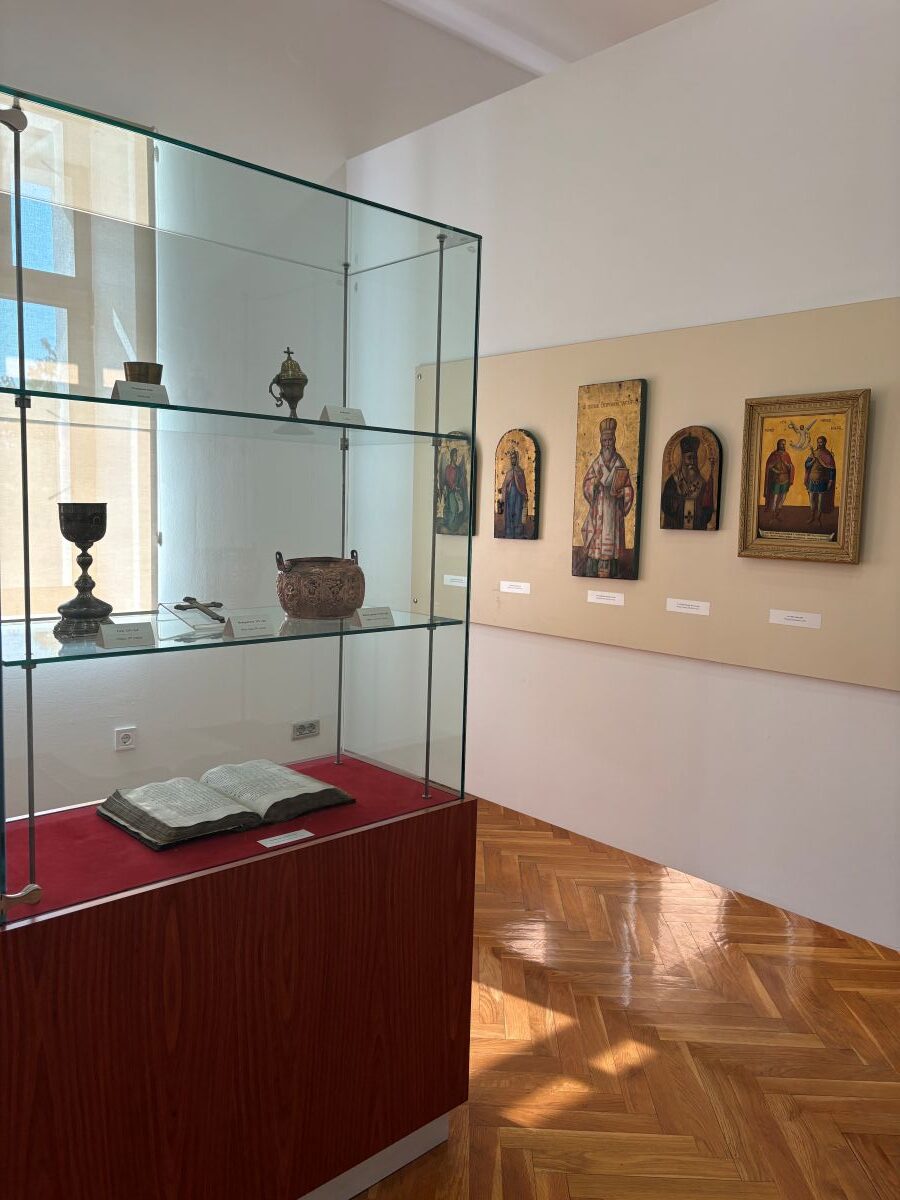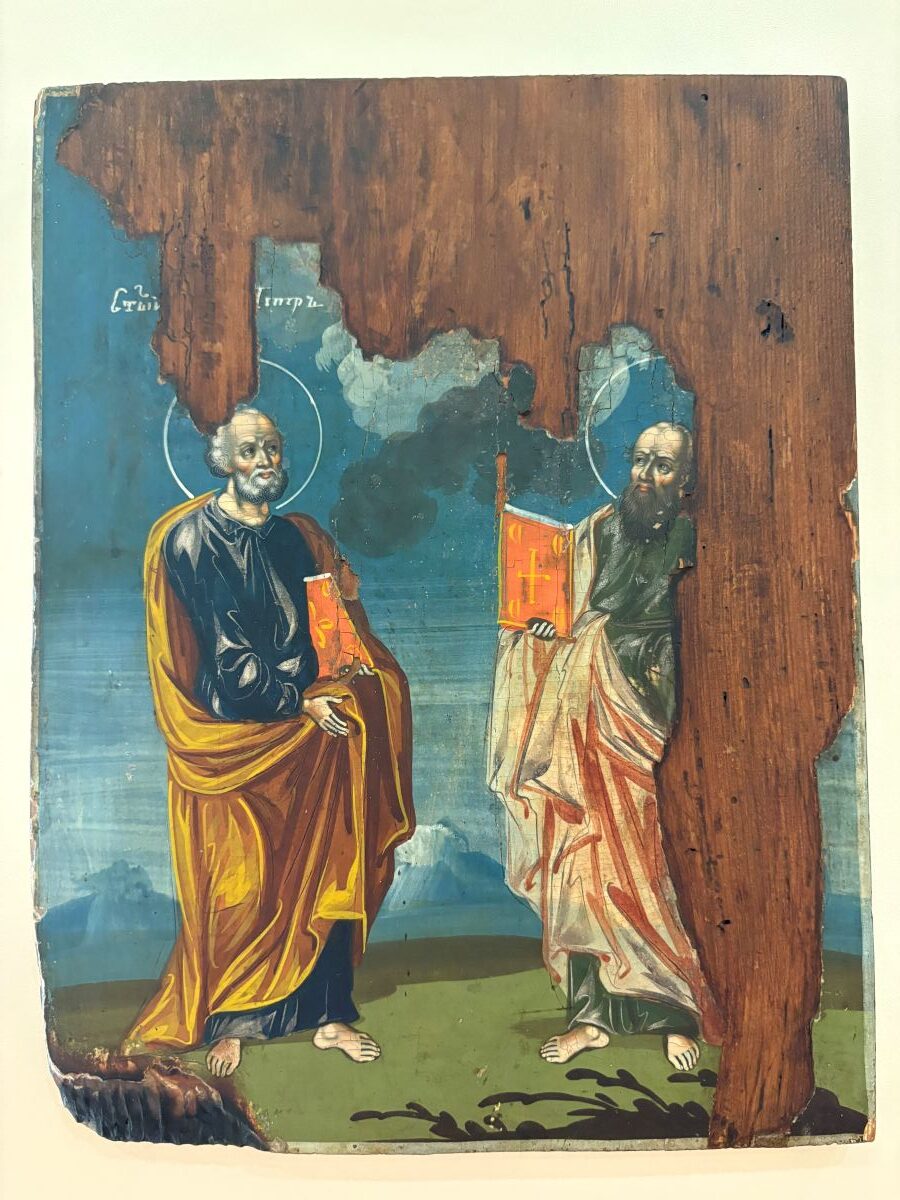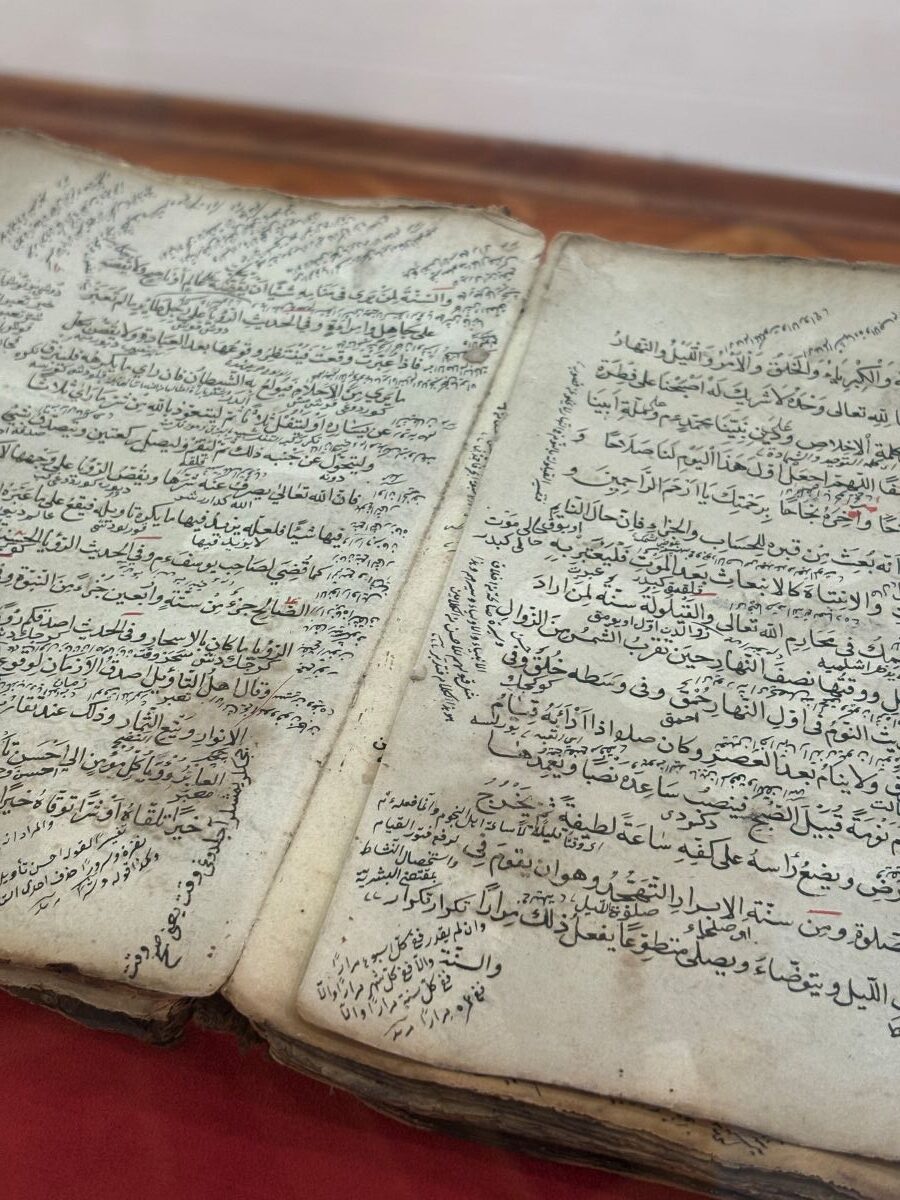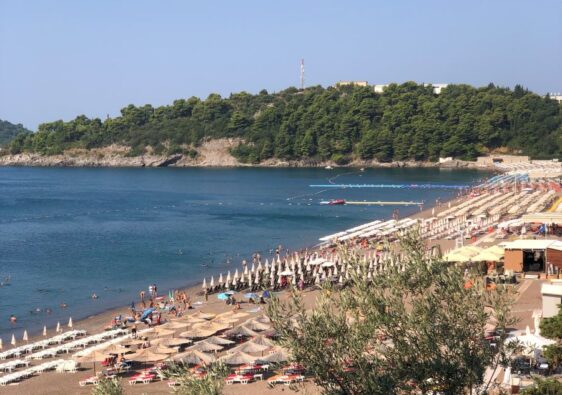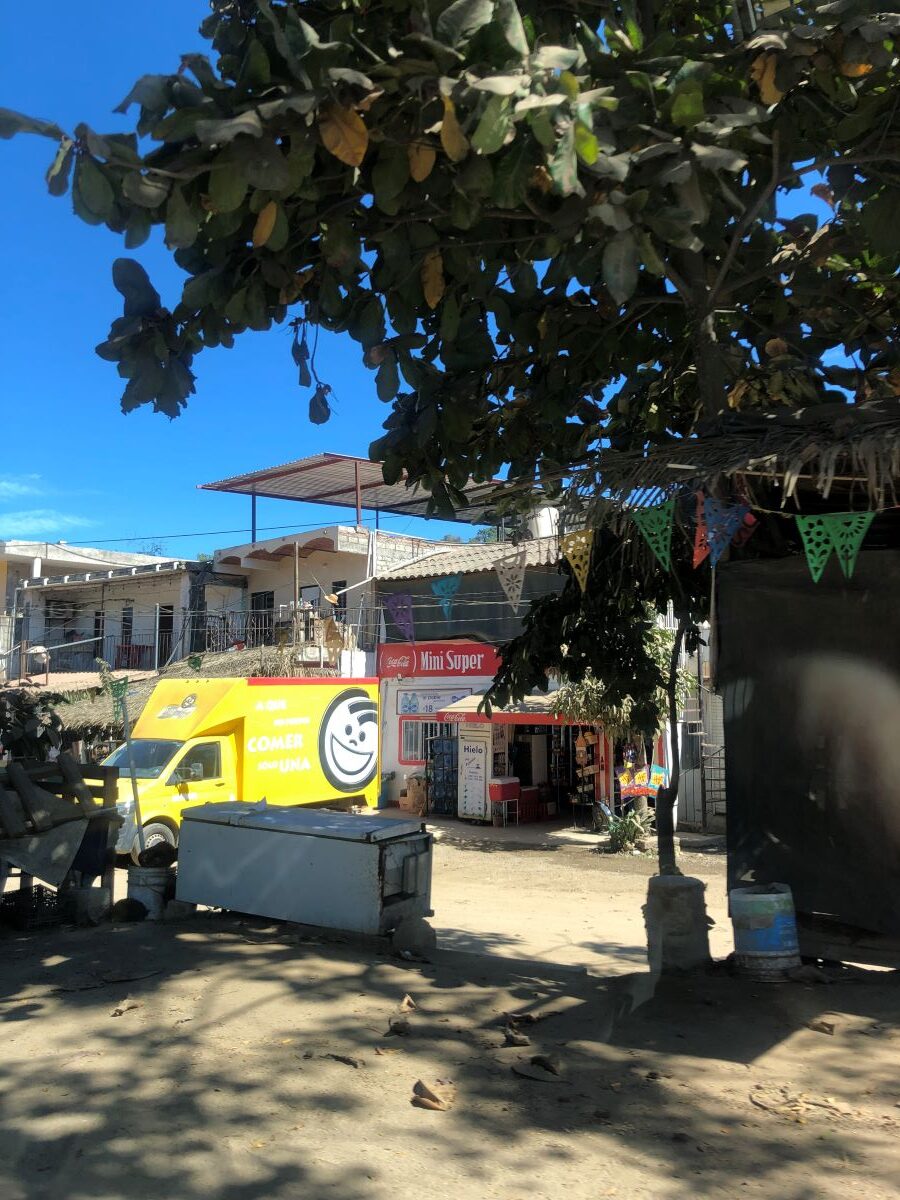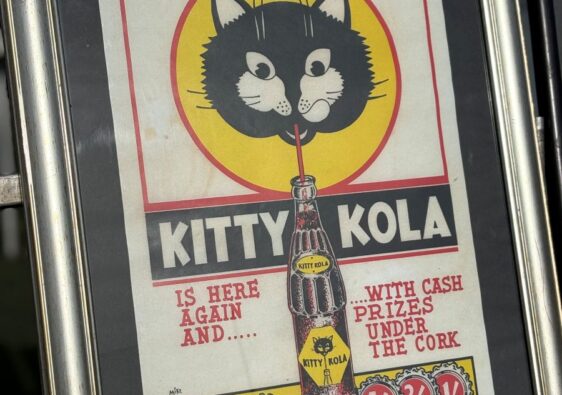Originally this space was known as the Museum of Titograd. After the capital city changed its name to Podgorica, the museum was renamed and combined with the national art gallery. Today visitors can enter this large building and see everything for free! The Beautiful Museum & Gallery Podgorica is a combination experience and worthy of a visit.
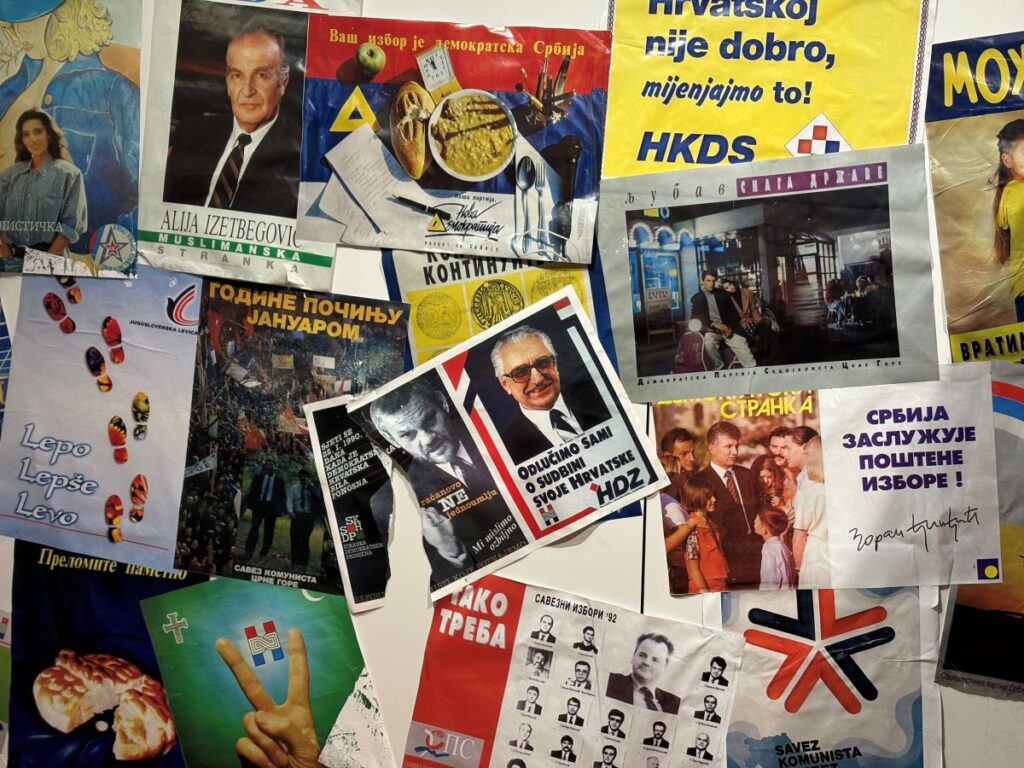
Location
Almost riverside, this large nondescript building is located in downtown Podgorica on Marka Miljanova. Across the street is a lovely little park called Karadjordjev, one of the only ones that seems to be meticulously maintained.
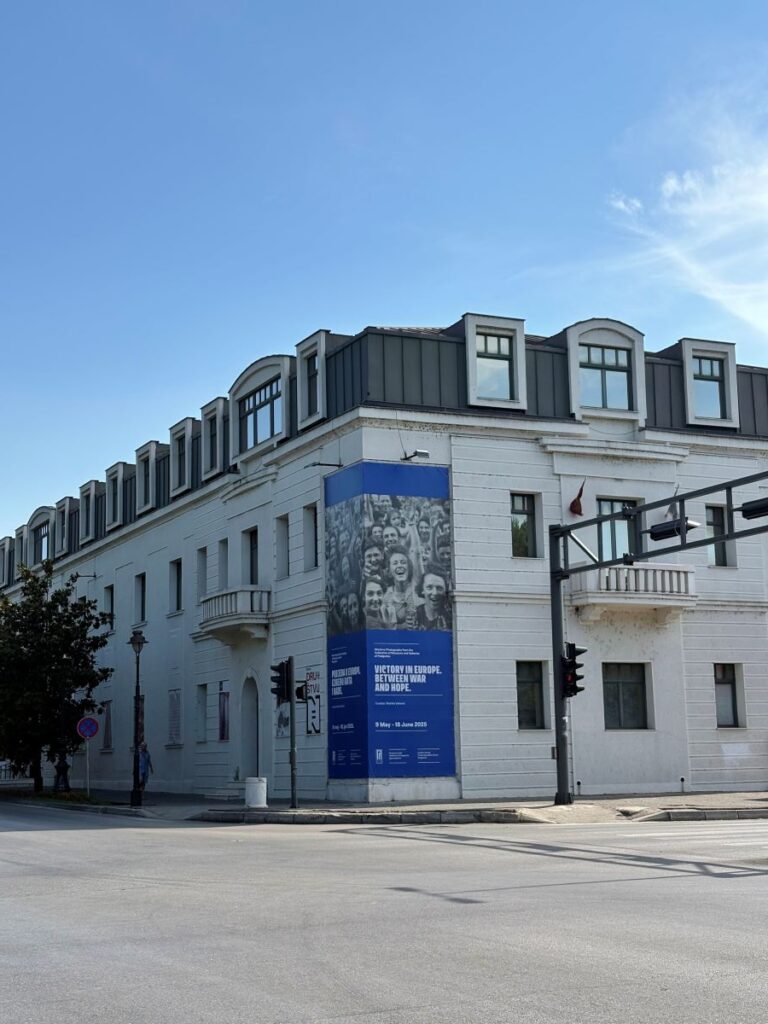
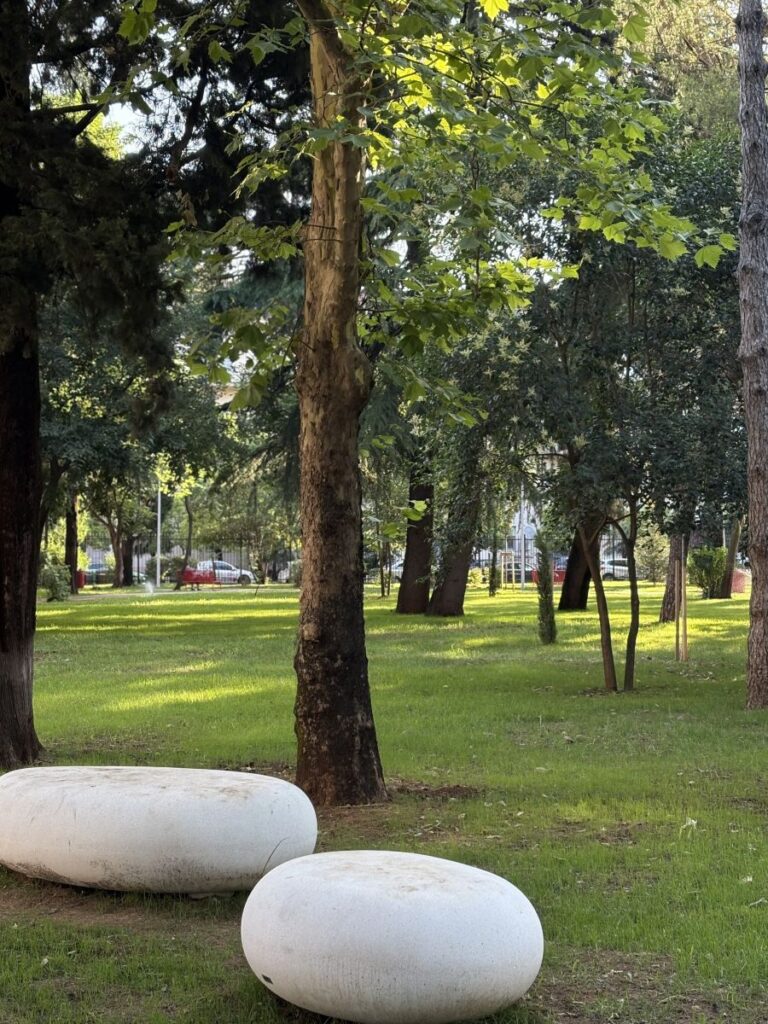
The museum & gallery is free to enter, open every day except Mondays, from 9am to 8pm. Staff at the front desk and small gift shop are exceptionally friendly and helpful.
Museum
This portion is divided into four departments that include archaeological, ethnographic, historical, and cultural-historical. Each has their own section of which I will provide a brief summary below.
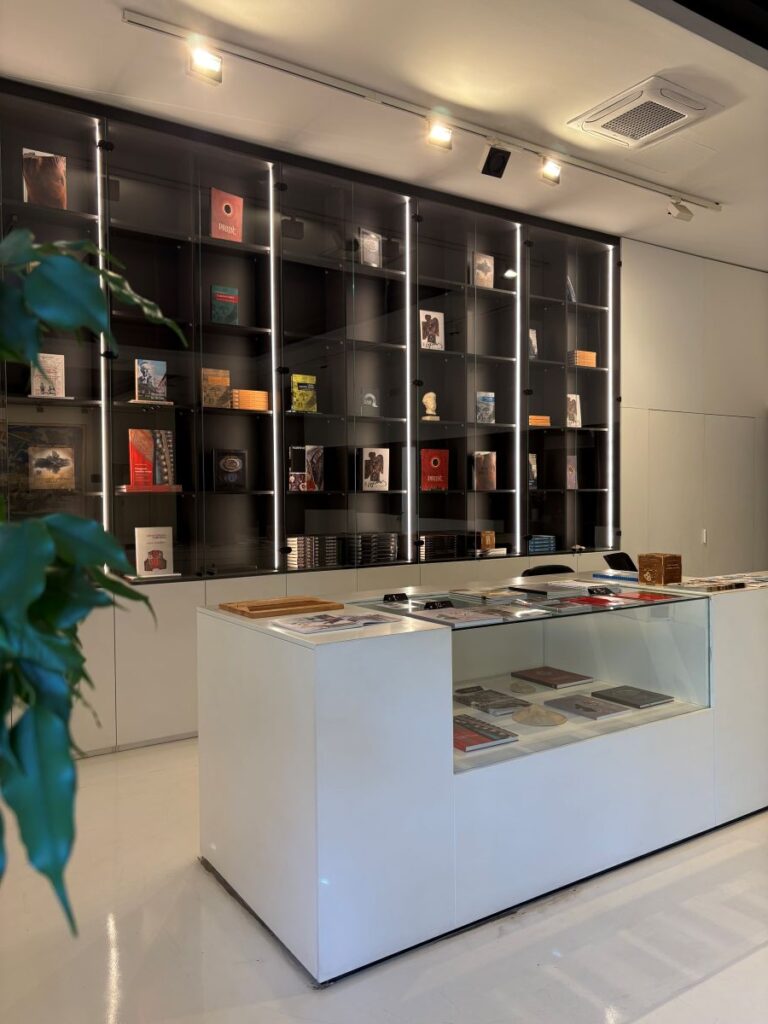
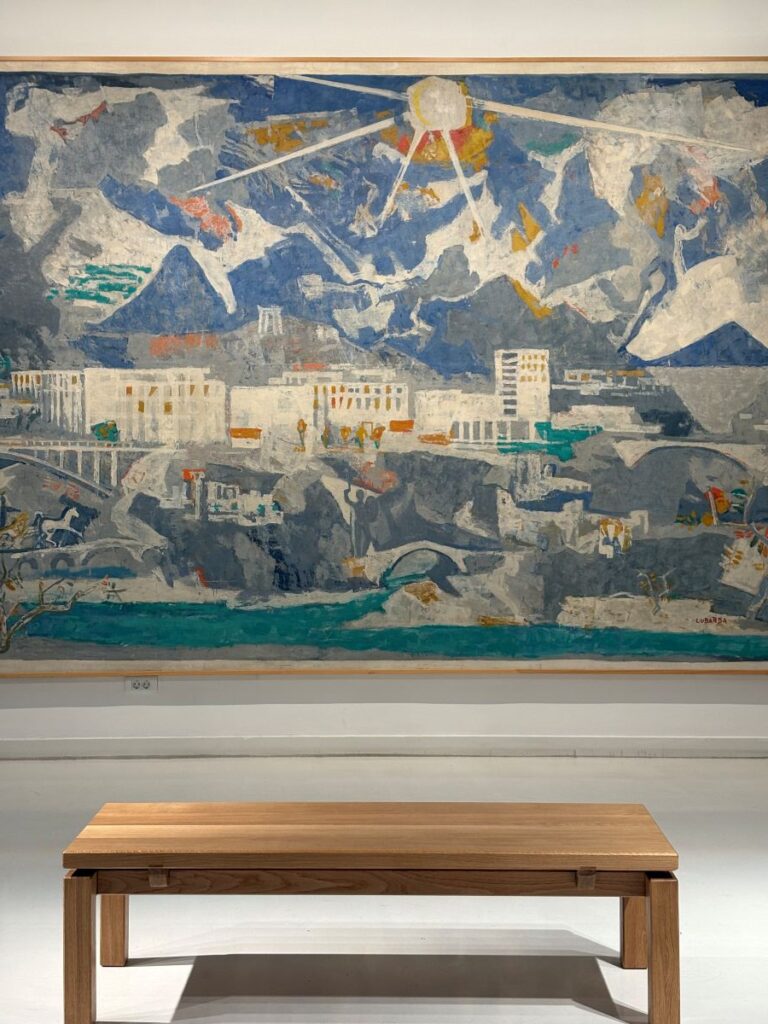
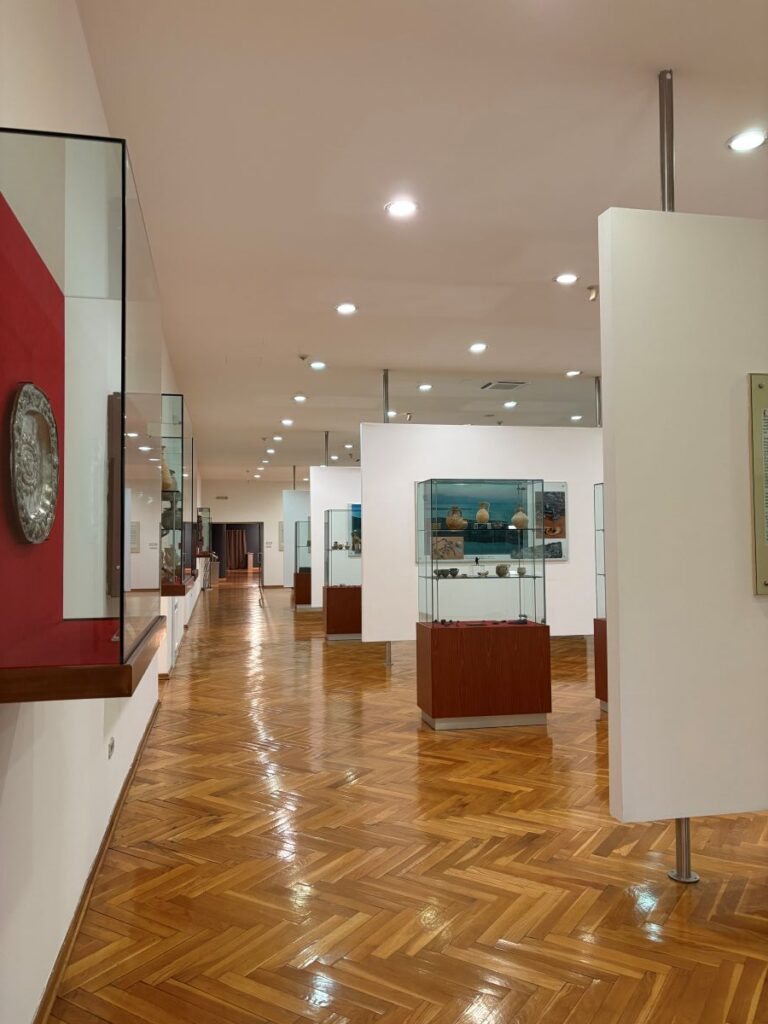
Archaeological Department
All located on the upper floors, the first section to greet visitors is the oldest historically. Here find static displays and cases filled with ancient treasures such as pottery, coins, glass and artifacts. Many of these items are from the nearby ancient roman city of Doclea.
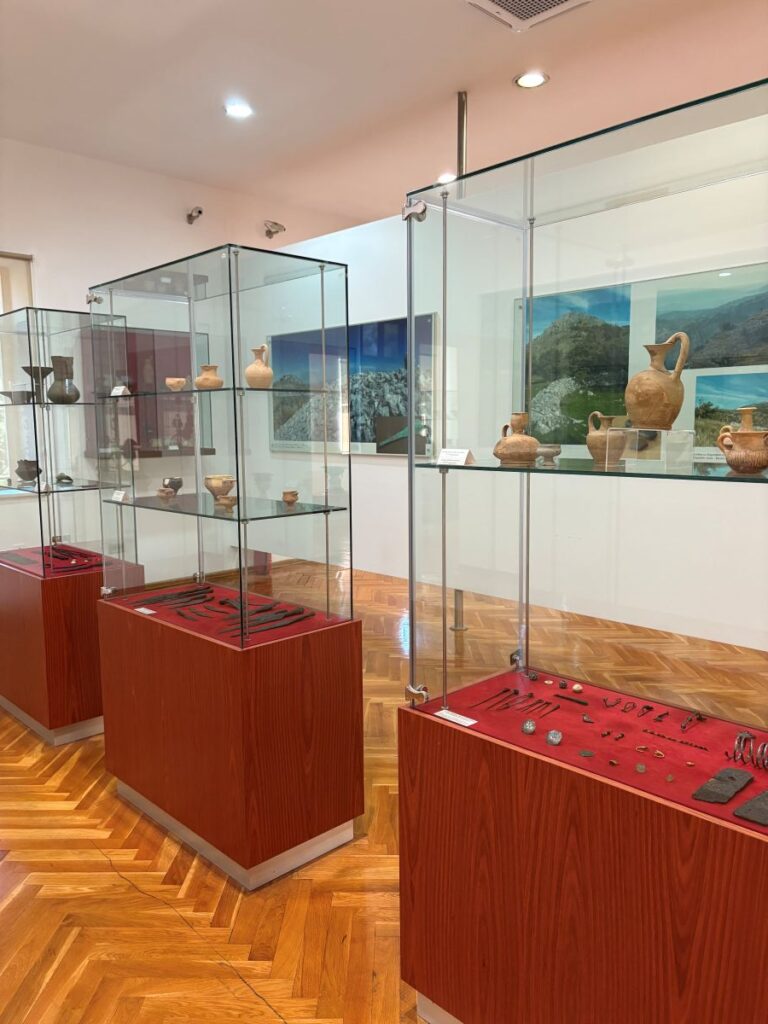
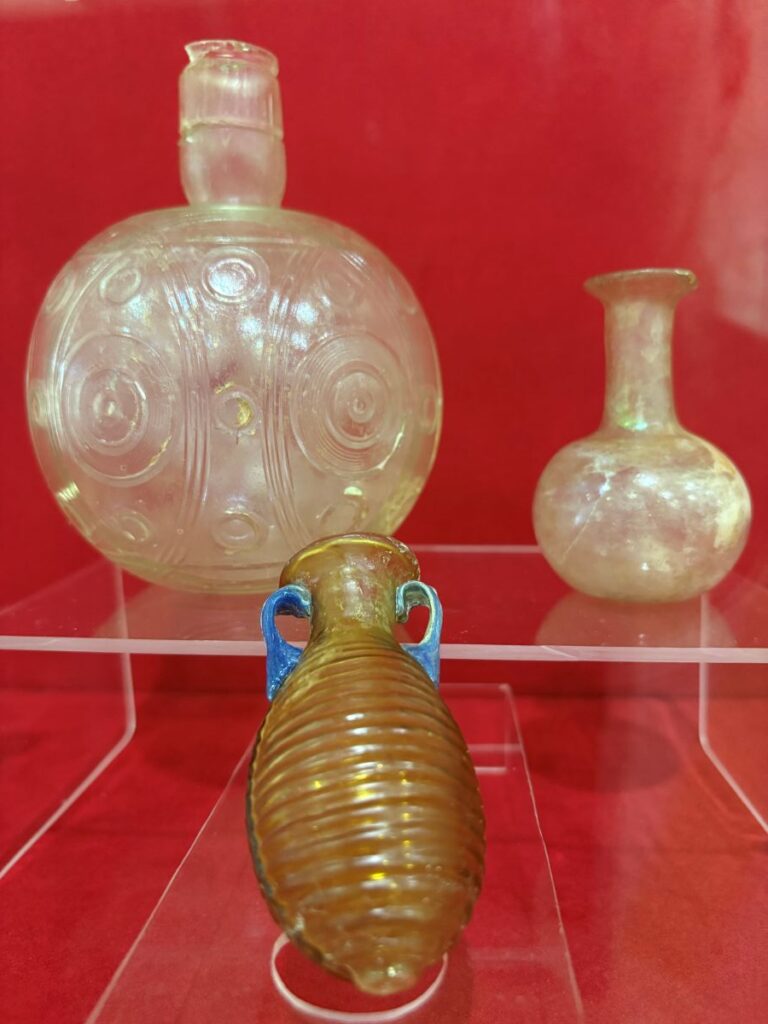
Historical Department
The next area to enter is the Historical Department. Find interesting black and white photographs from the previous two centuries.
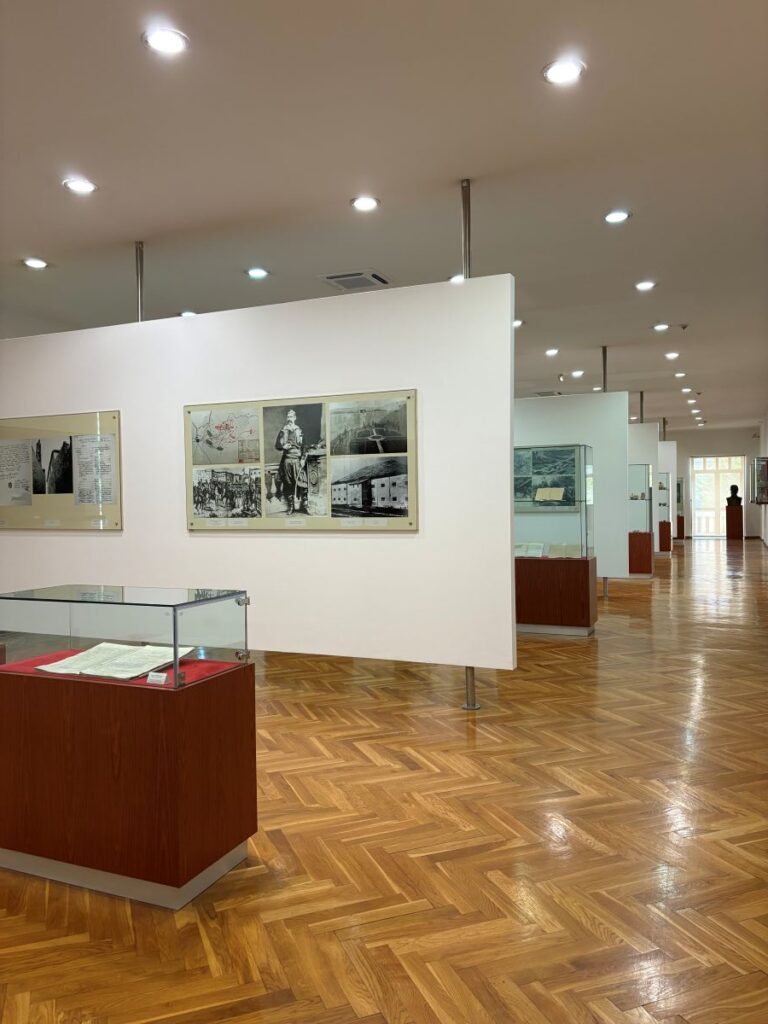
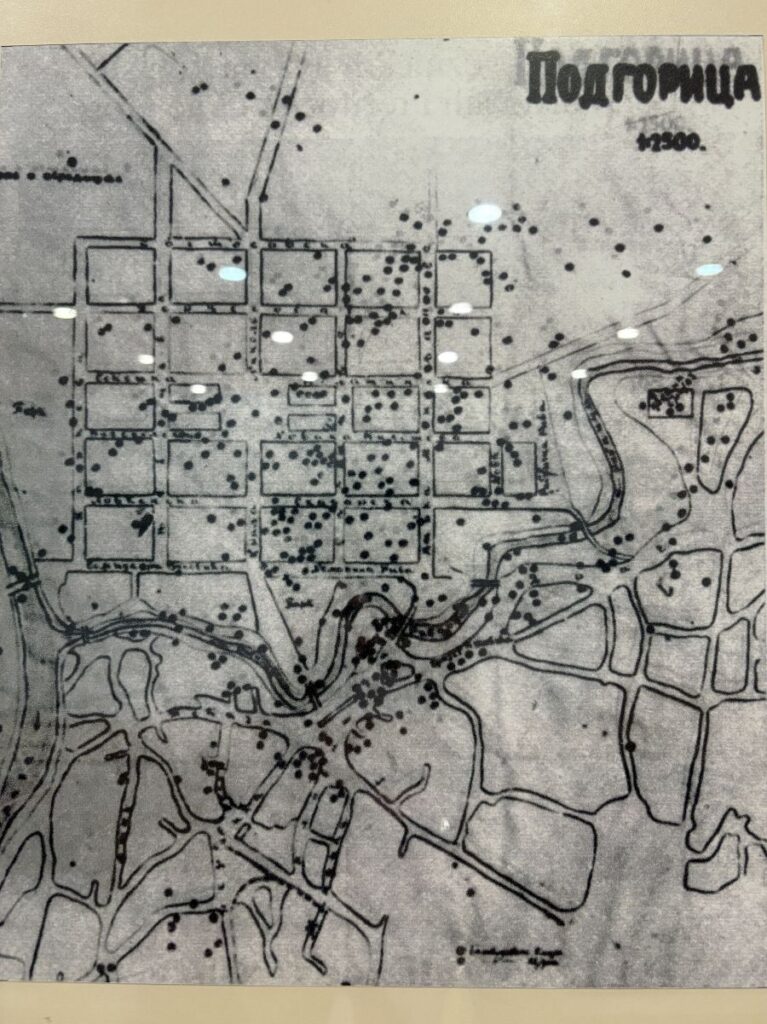
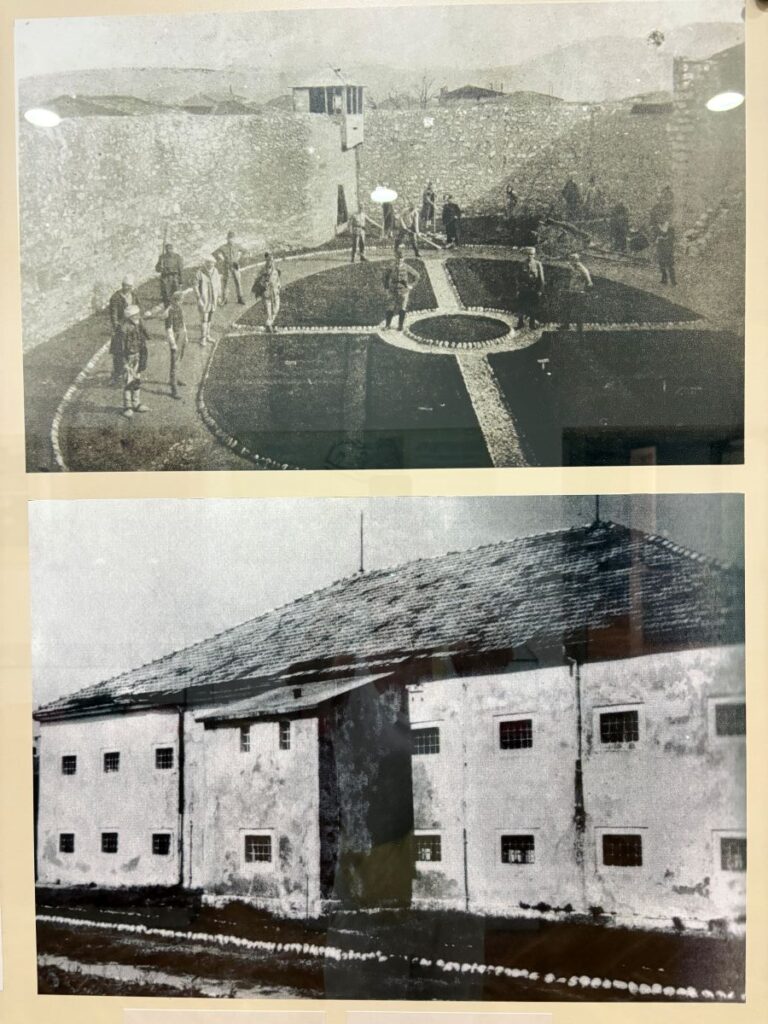
Here are coat of arms, firearms and weapons, letters, memorabilia and documents from the recent tumultuous history of the city.
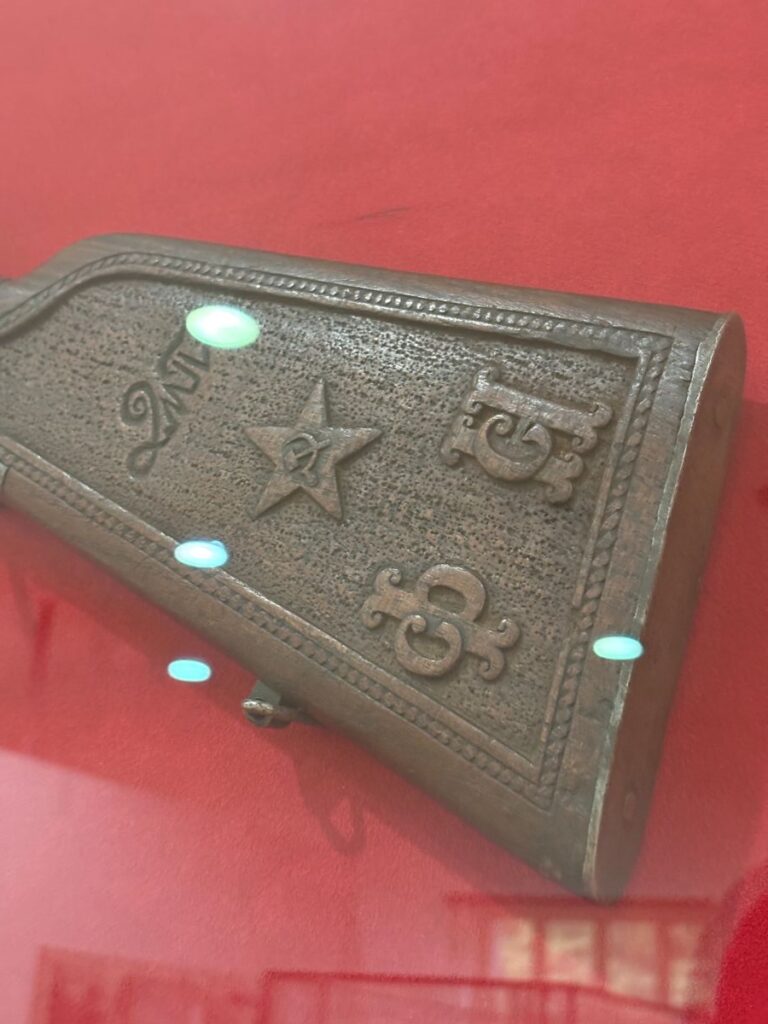
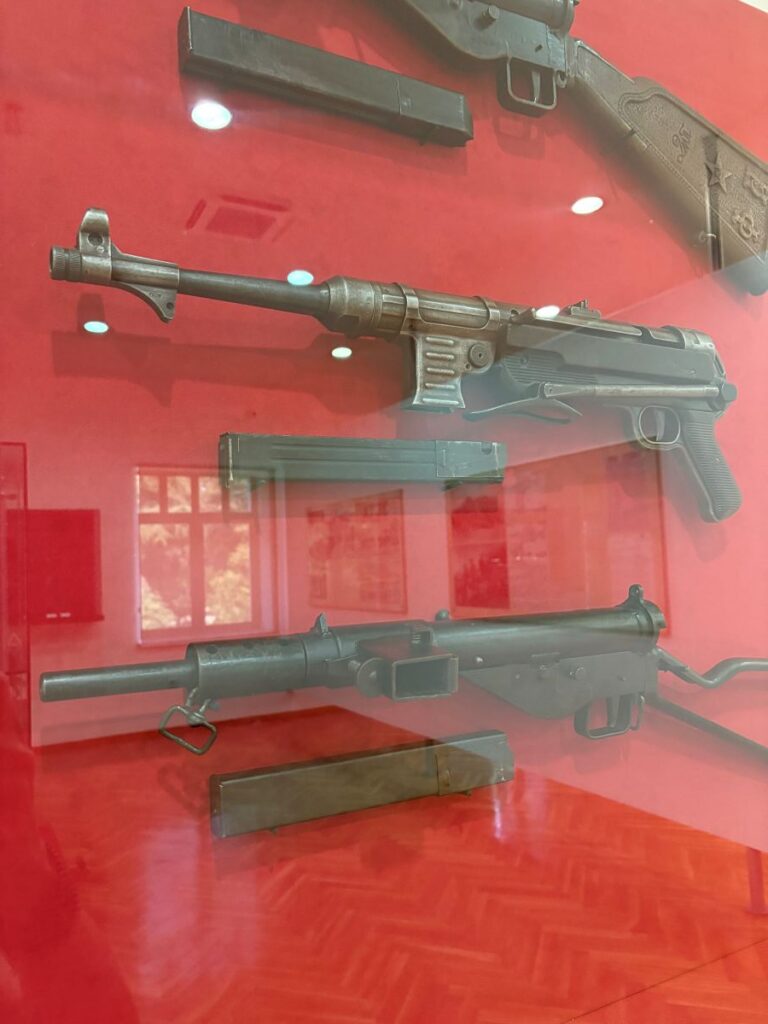
Cultural-Historical Department
Now at the end of the hall and turning to the right we enter another section. This department is for the preservation and display of highly artistic historical items. These range from religious icons and sacred objects to Orthodox and Islamic books and manuscripts.
Ethnographic Department
The last portion of the museum is perhaps my favourite, the ethnographic one. Filled with cases of traditional costumes, household items, rugs, and such, this area is very charming.
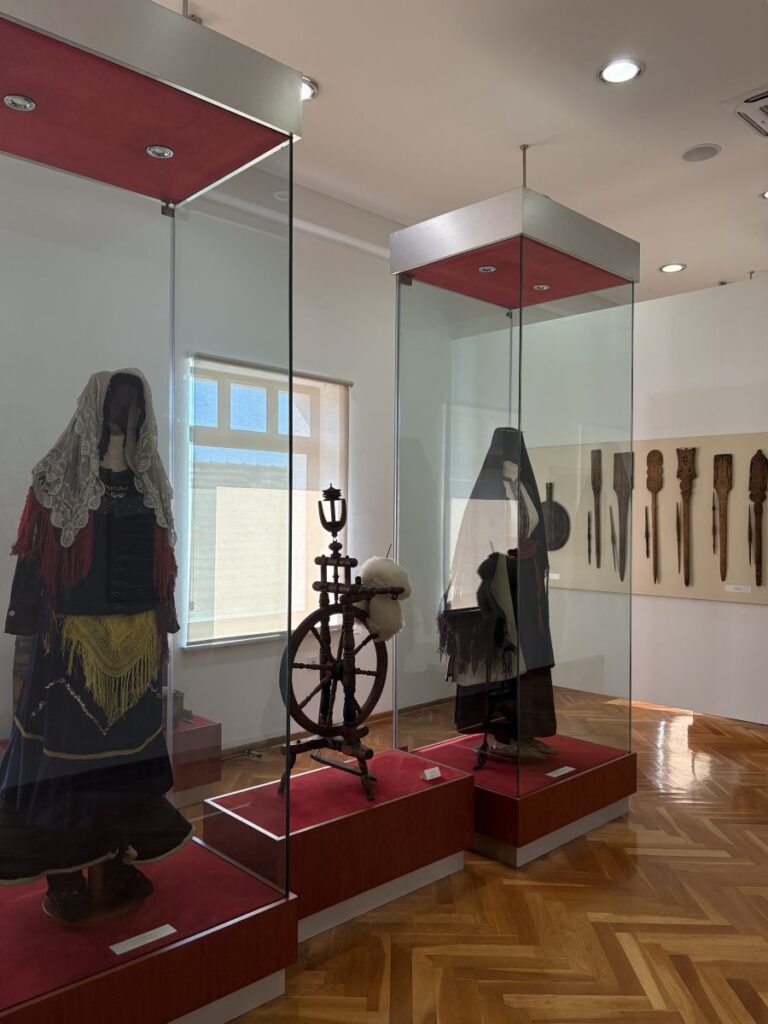
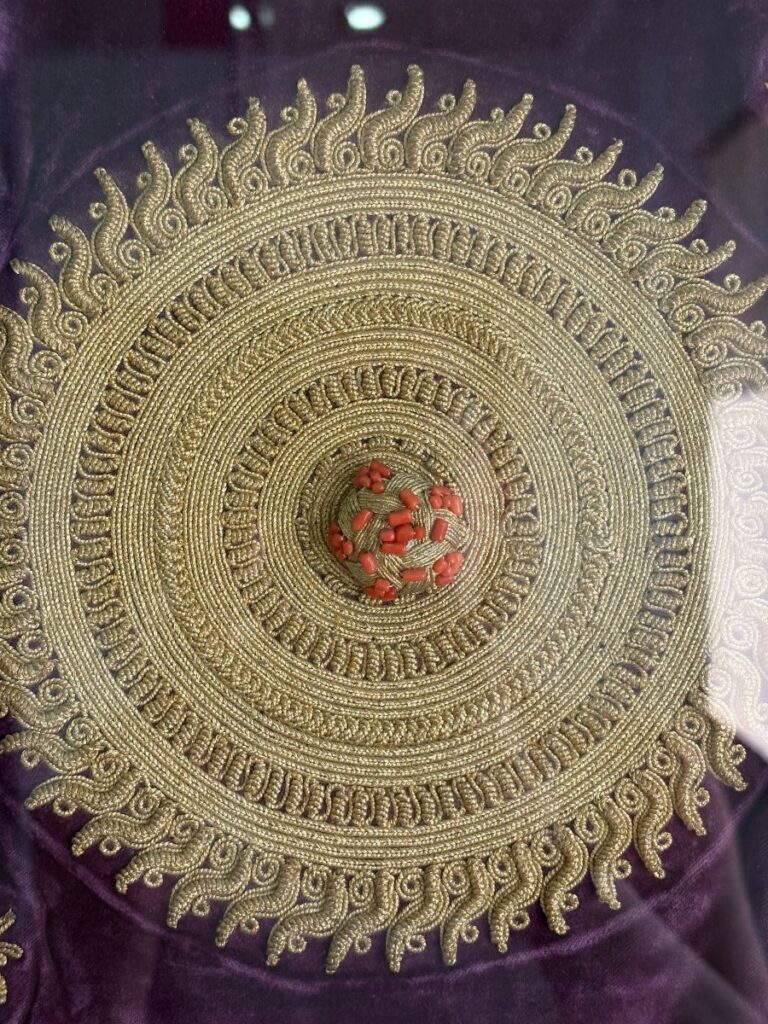
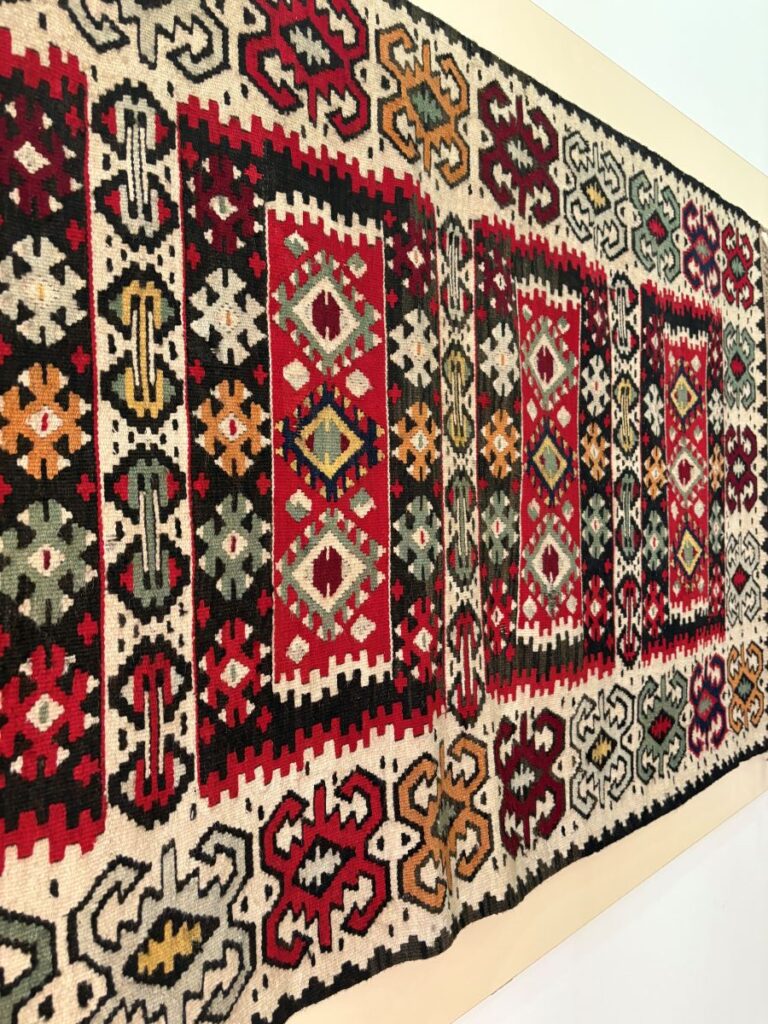
I especially enjoy seeing the intricately carved wooden distaffs and spindles used for weaving. There are cases filled with rustic jewellery, massive pieces, so intricately created. A baby cradle covered in folk painting. Old photographs and loads of embroidery and creative workmanship.


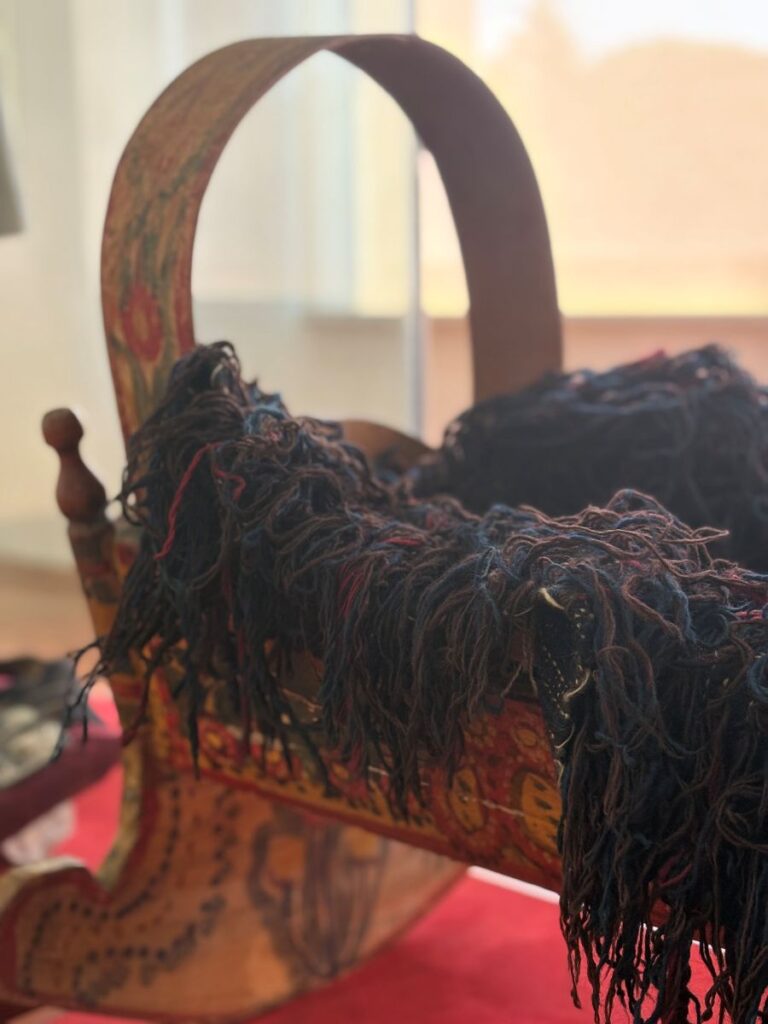
Art Gallery
The art gallery is divided into two portions. Besides the most famous and largest piece in the lobby, a painting by Petar Lubarda that depicts the city, the rest is located upstairs.
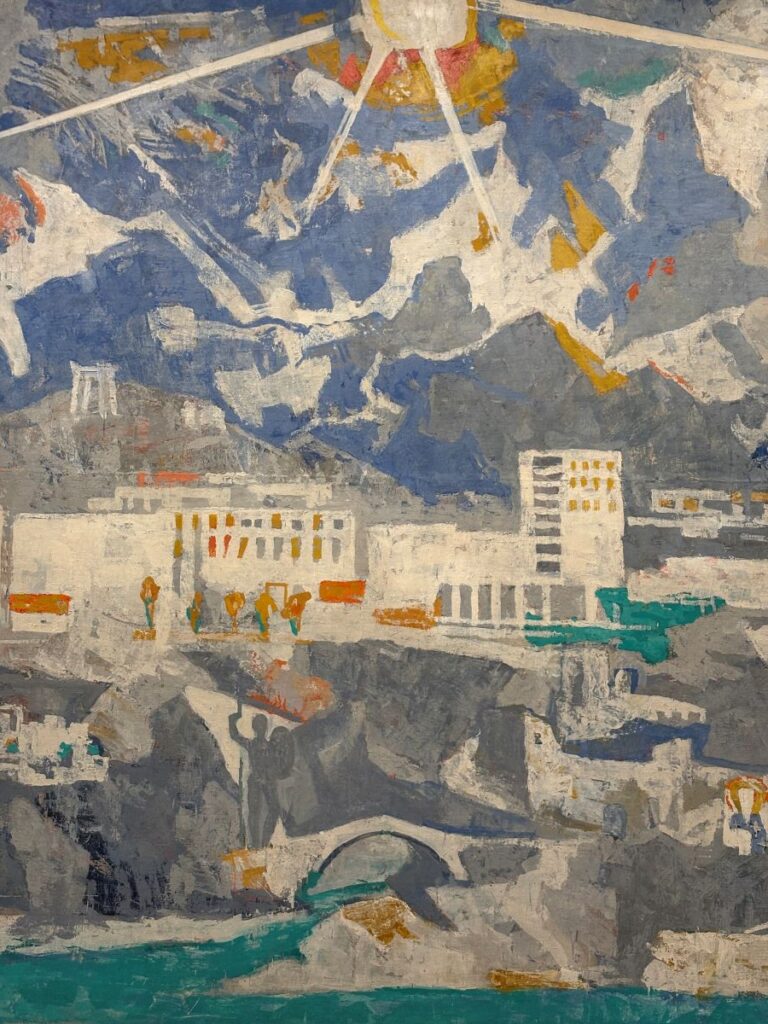
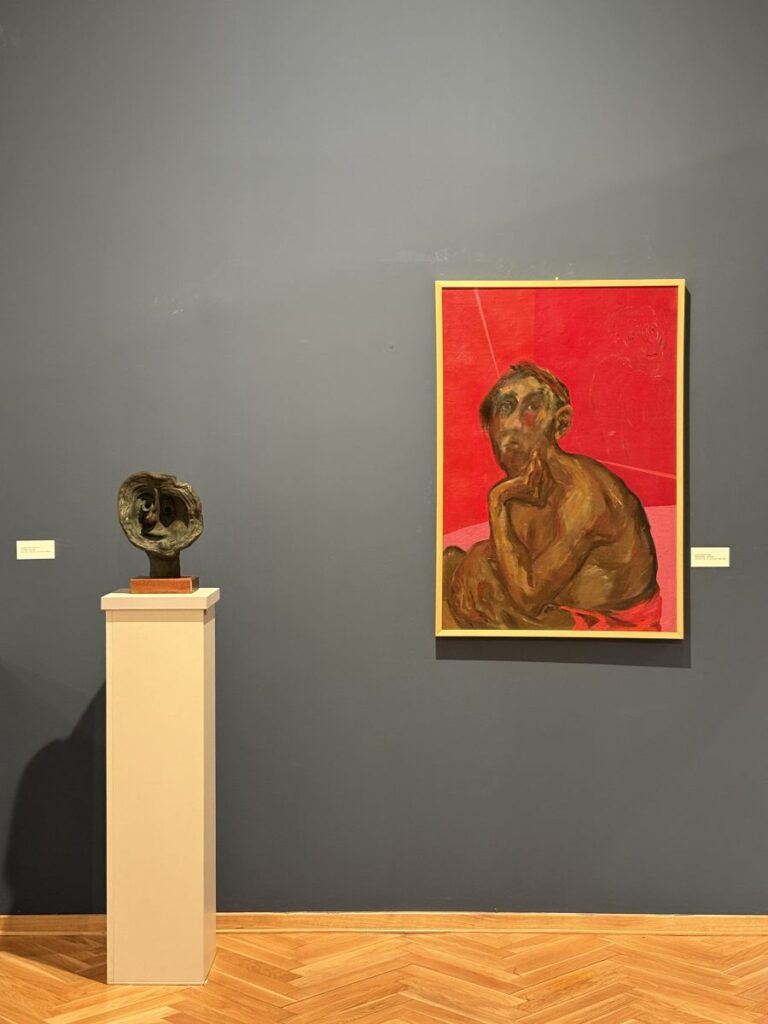
The Modern Art gallery contains a collection of art, paintings and sculpture too, mostly created by Montenegrin artists. These pieces are of varied subject matter and incredibly interesting.
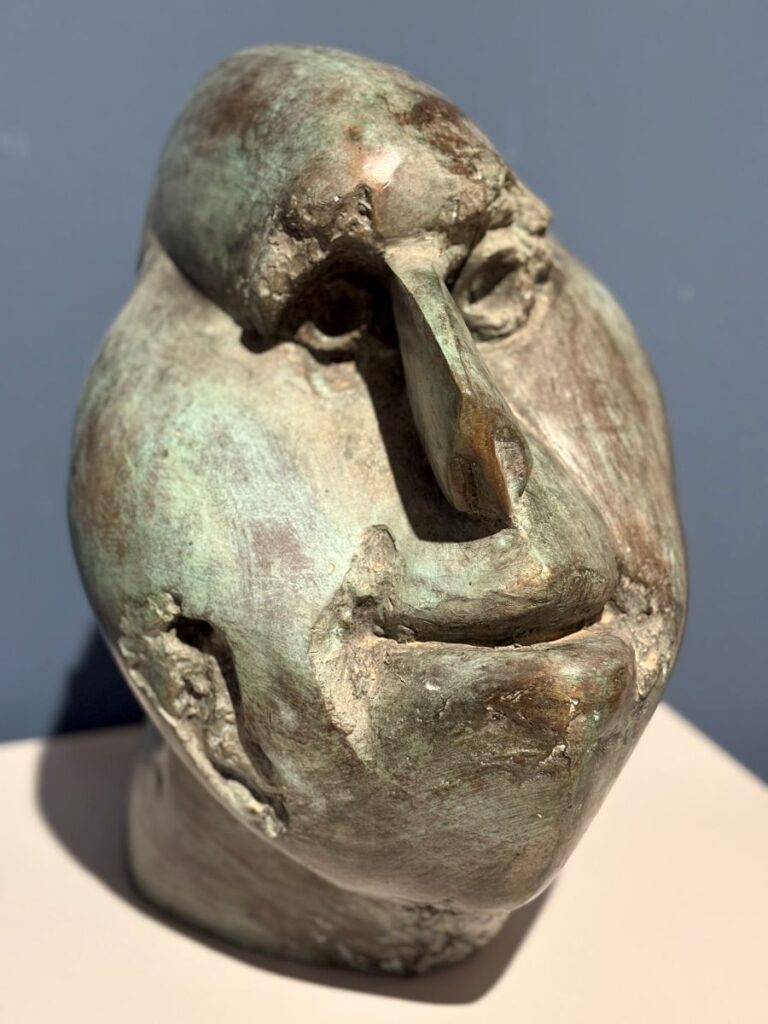
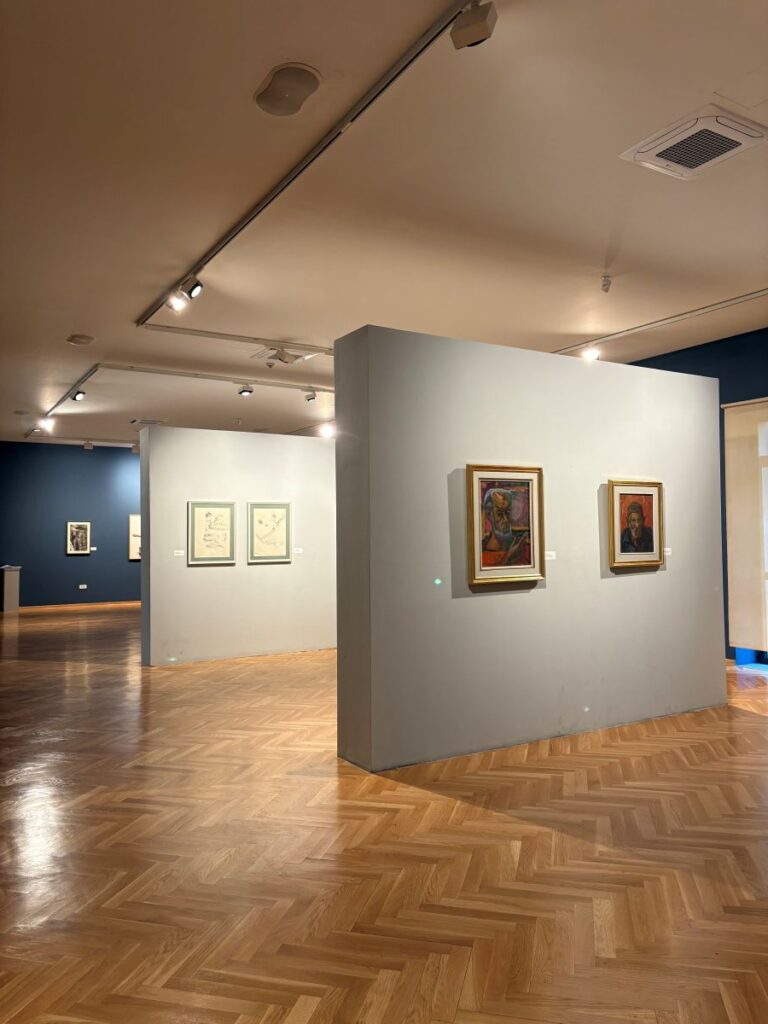
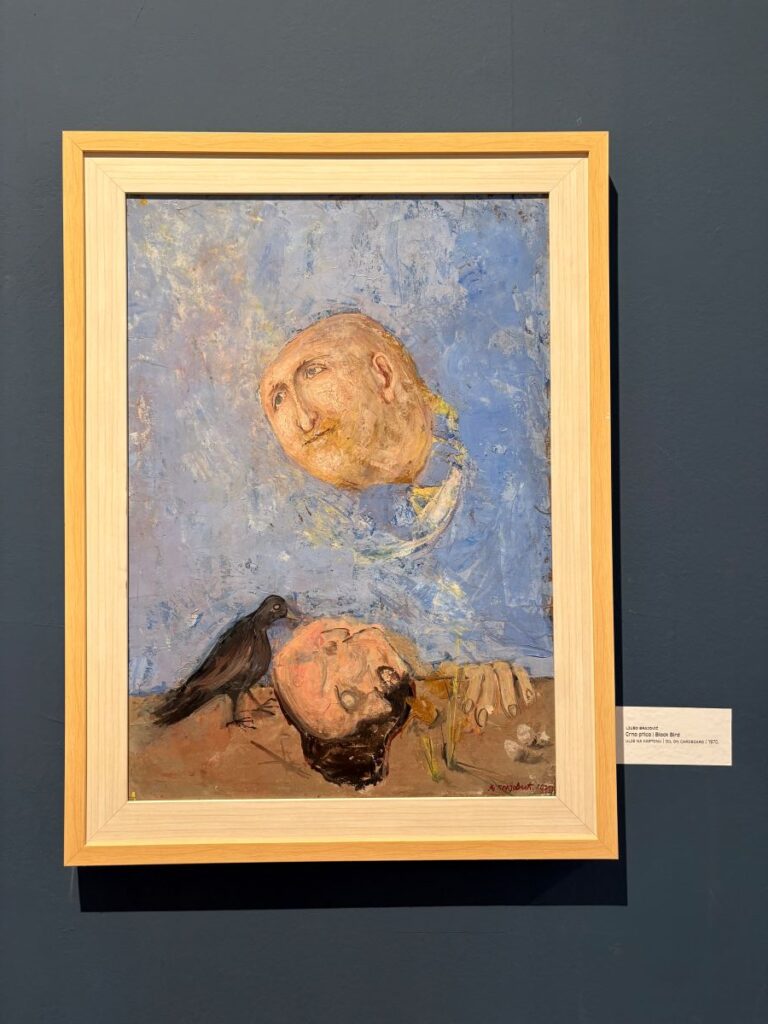
Many of the paintings offer a glimpse into the war-stricken times that this national endured and survived. The colours are rich, styles varied and subjects thought provoking.
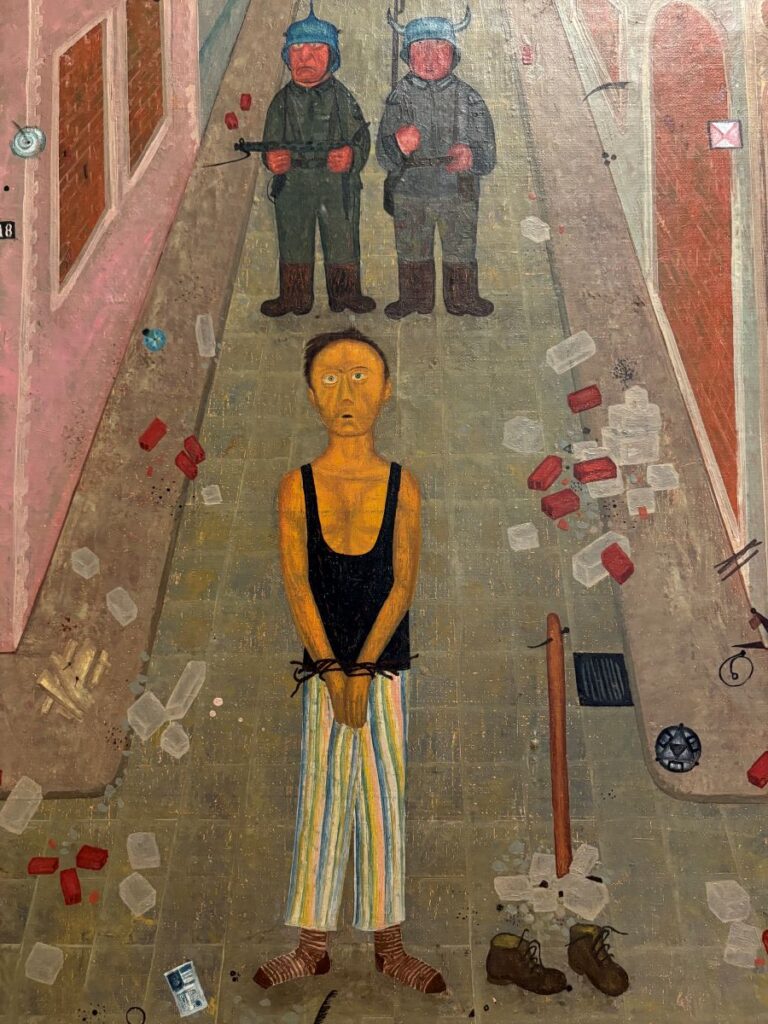
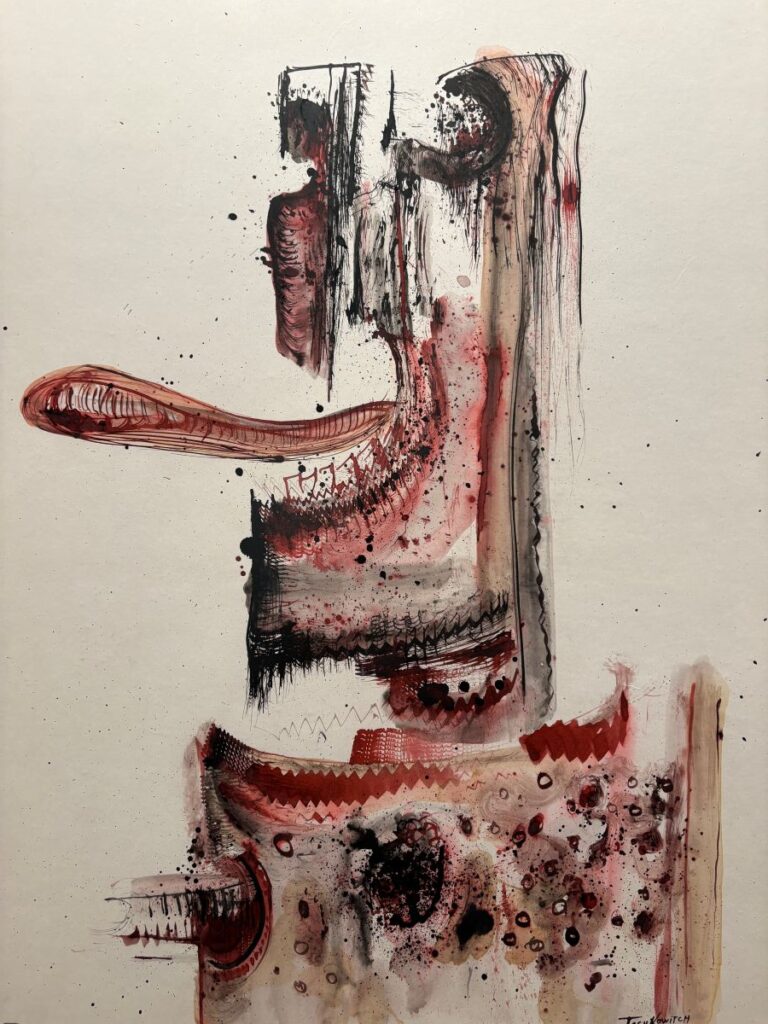

The Labyrinth
The most recent addition to the Art Gallery is the Labyrinth. This consumes a number of rooms and one entire end of the gallery. Visitors are invited to walk through these spaces. Dodging items hanging down, watching the turbulent times of the most recent past of the Balkan region on monitors. While Montenegro was not directly involved in the worst of this conflict, it most definitely affected this region.
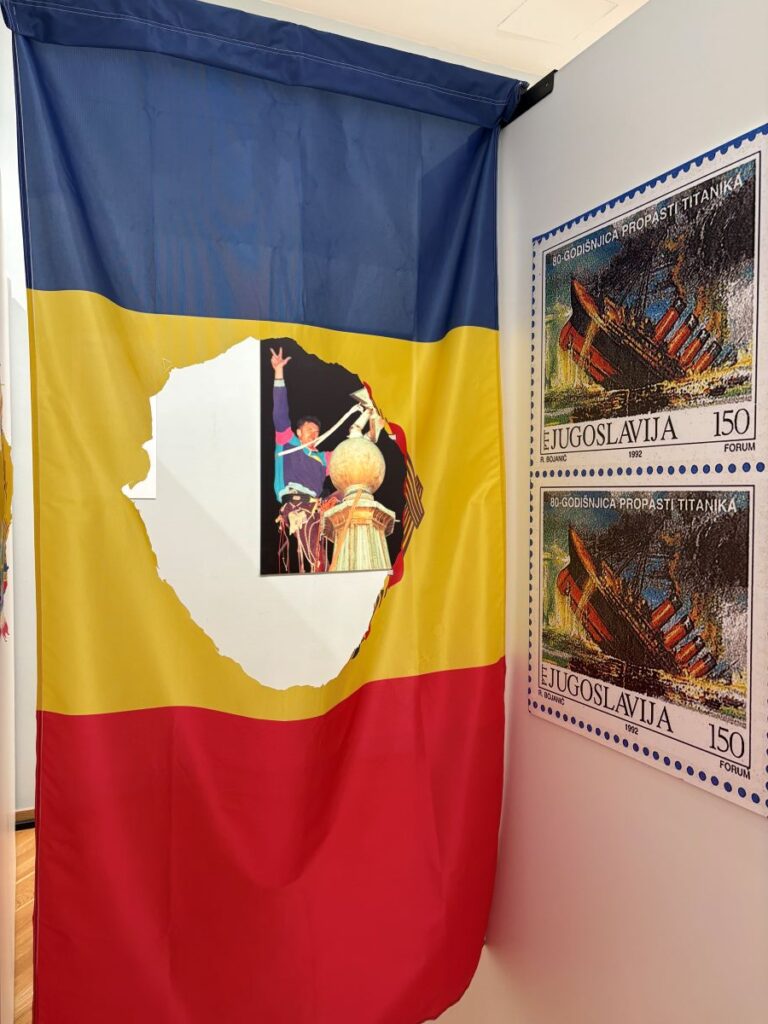
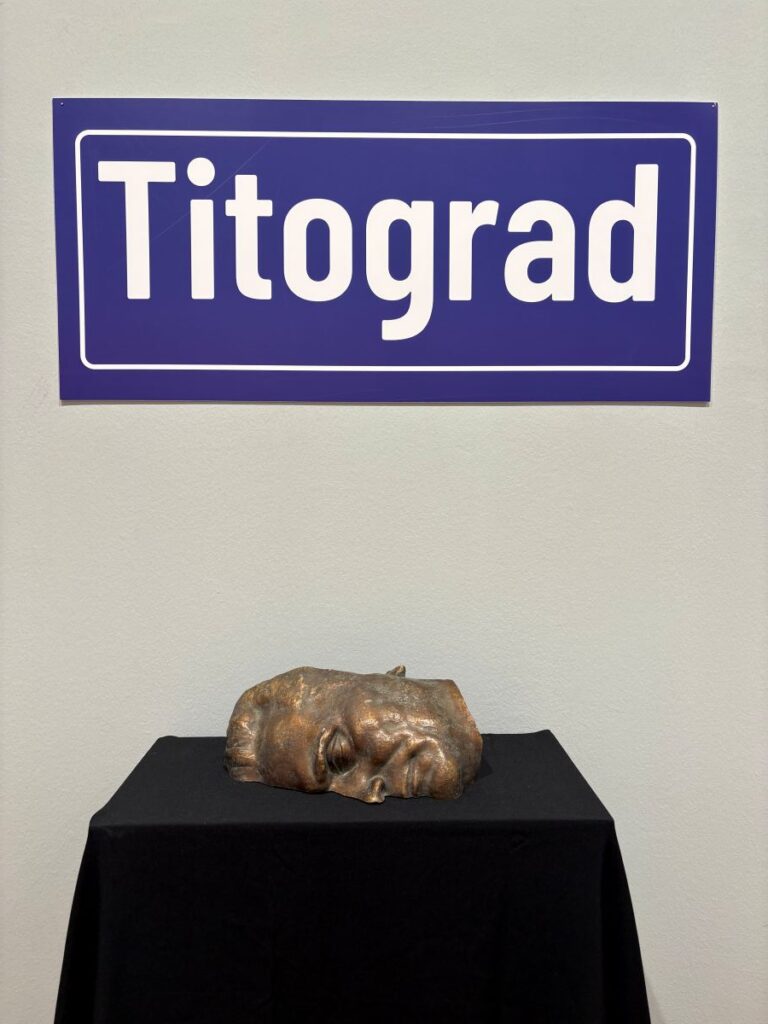
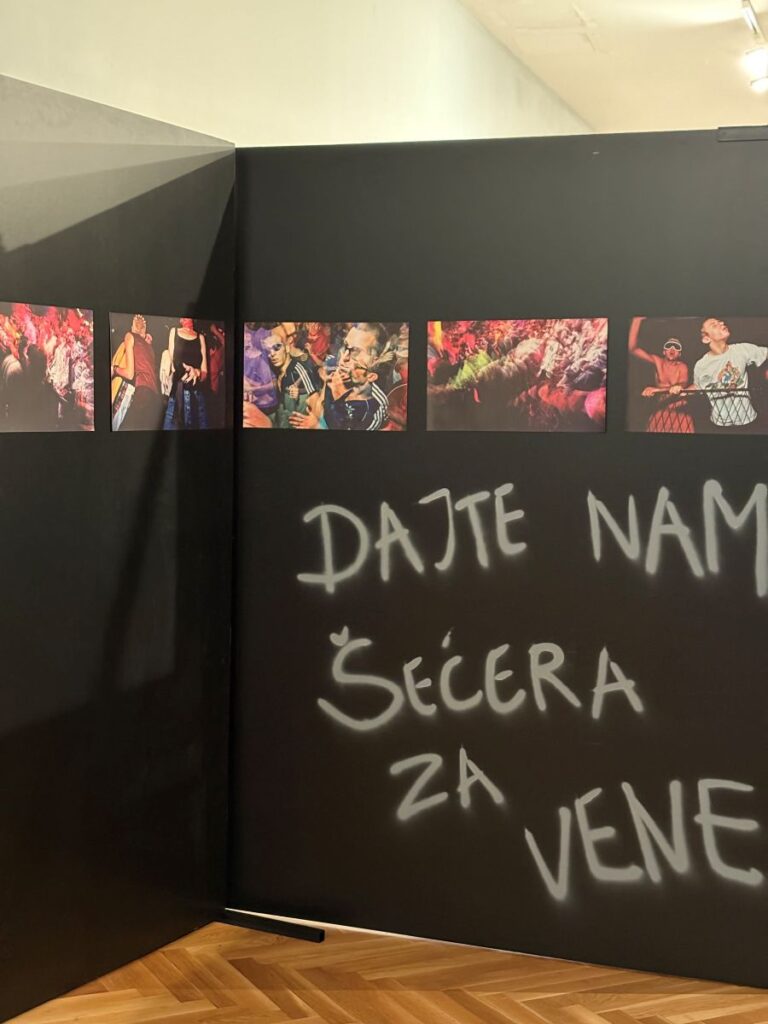
Having spent considerable time in Bosnia and specifically Sarajevo last summer, this was incredibly moving and poignant for me to experience. It brought back many memories of that city specifically, and stories I had read about at the time.
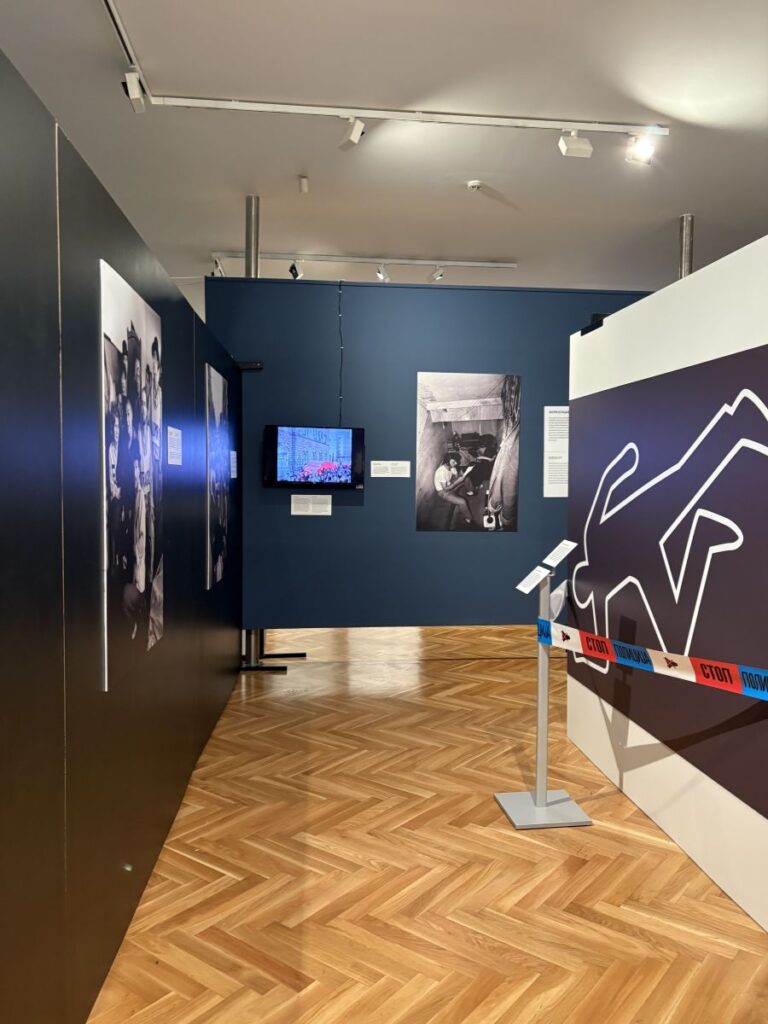
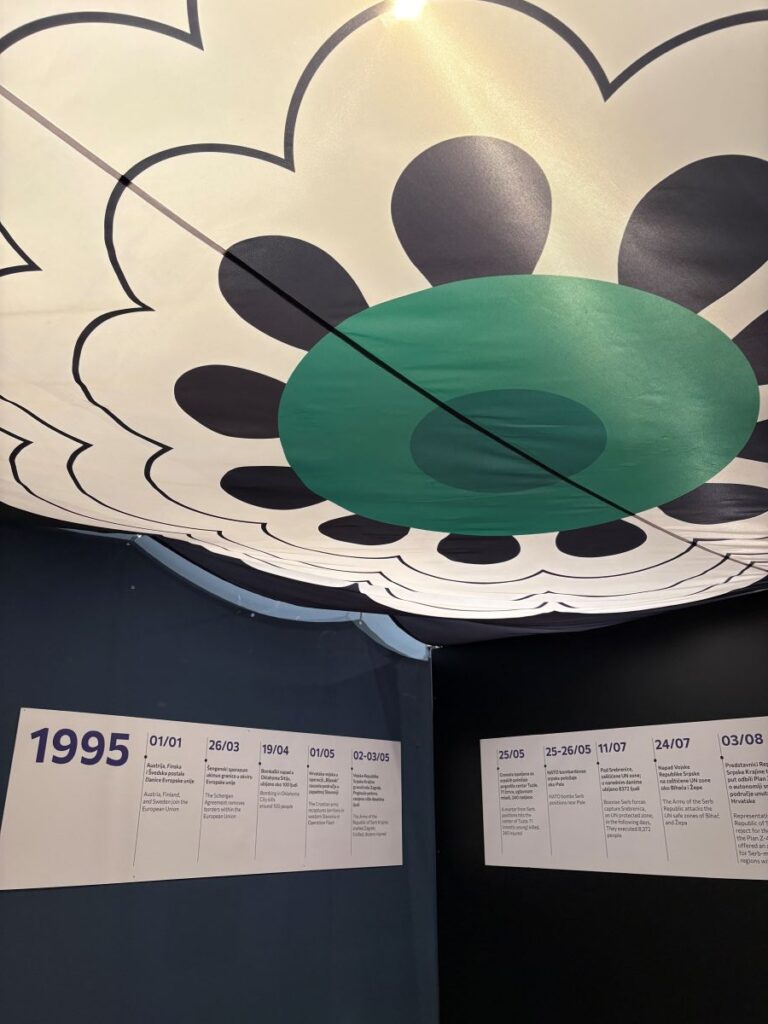
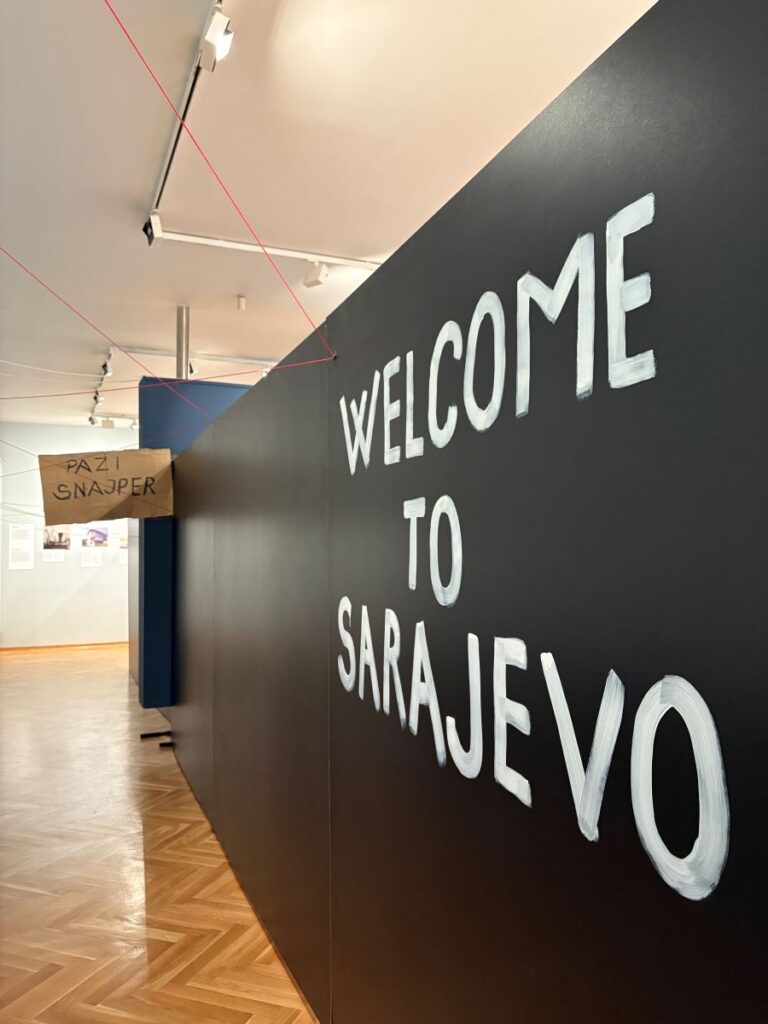
Of Particular Interest
Particularly interesting to me was to see and learn about the currency and resulting inflation during these recent conflicts. From 1992 to 1994 Yugoslavia experienced hyperinflation. During this time the country experienced an economic crisis. Prices of items were expressed in points since it was impossible to alter them several times a day as the value of their money dwindled. The largest banknote produced was in 1993 and was 500 billion dinars!! That’s 500,000,000,000!

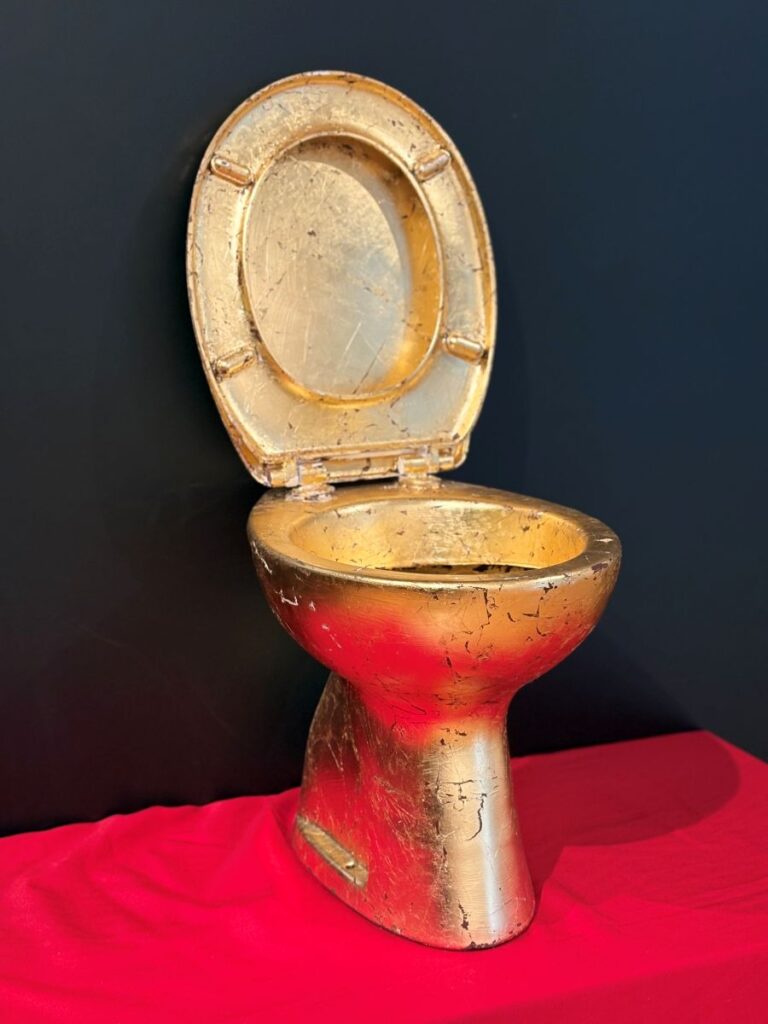
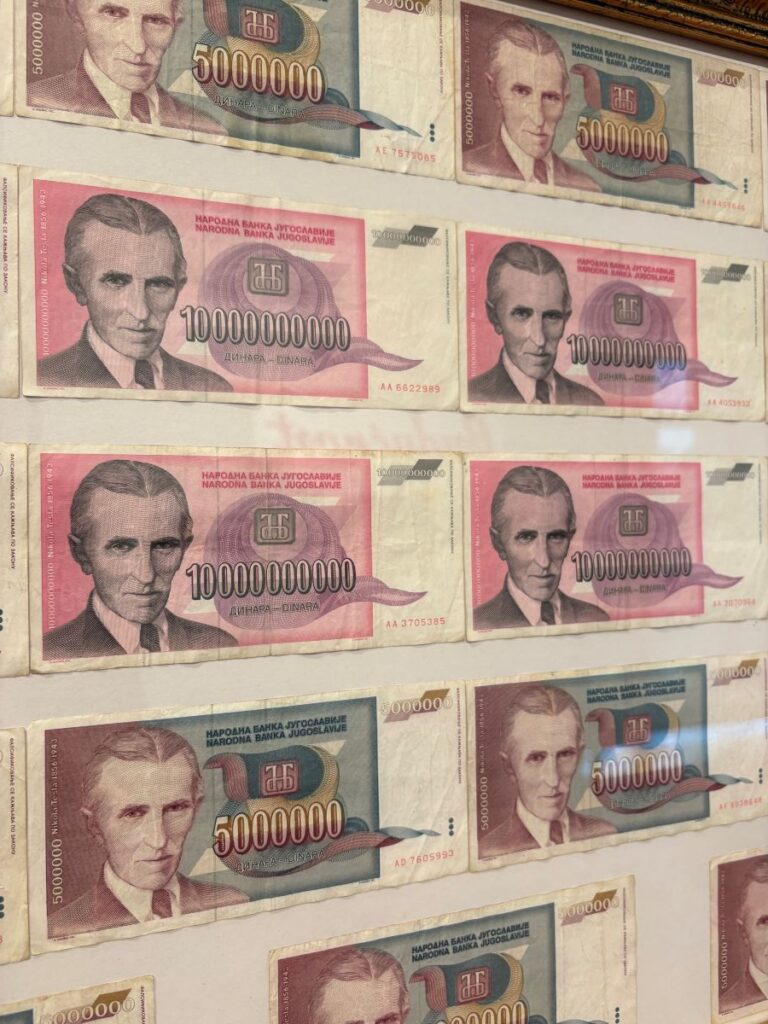
Another interesting item I saw in this portion of the gallery was a single original photograph. It captures a group of children celebrating Christmas in 1992. Most of the children are celebrating the day by holding up guns and weapons. Real ones, not toys. It’s shown as an example of ‘being thrown into an ideology’.
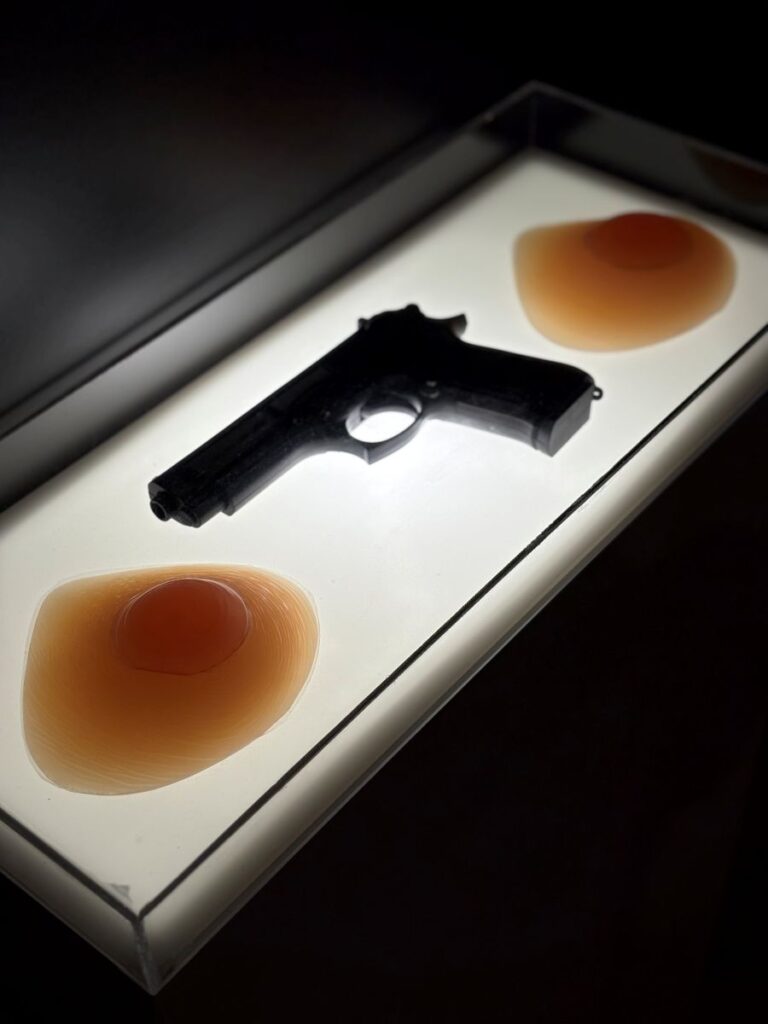
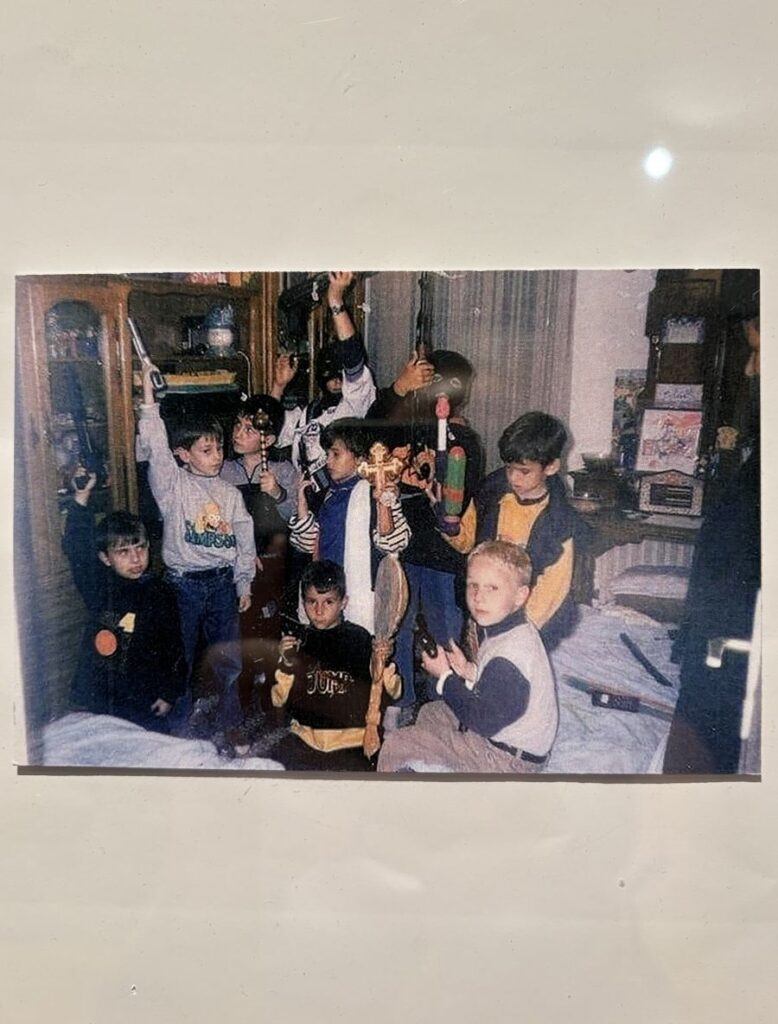
I encourage any visitor to Podgorica to spend a few hours and visit this museum. There is not much to see in this city true, but of what is here, the museum and art gallery should be on your list. While the facility is dated, the glass cases so reflective, trying to take photographs is futile, the information is invaluable. From the curious art to Islamic proclamations, it’s an historical treasure chest.
